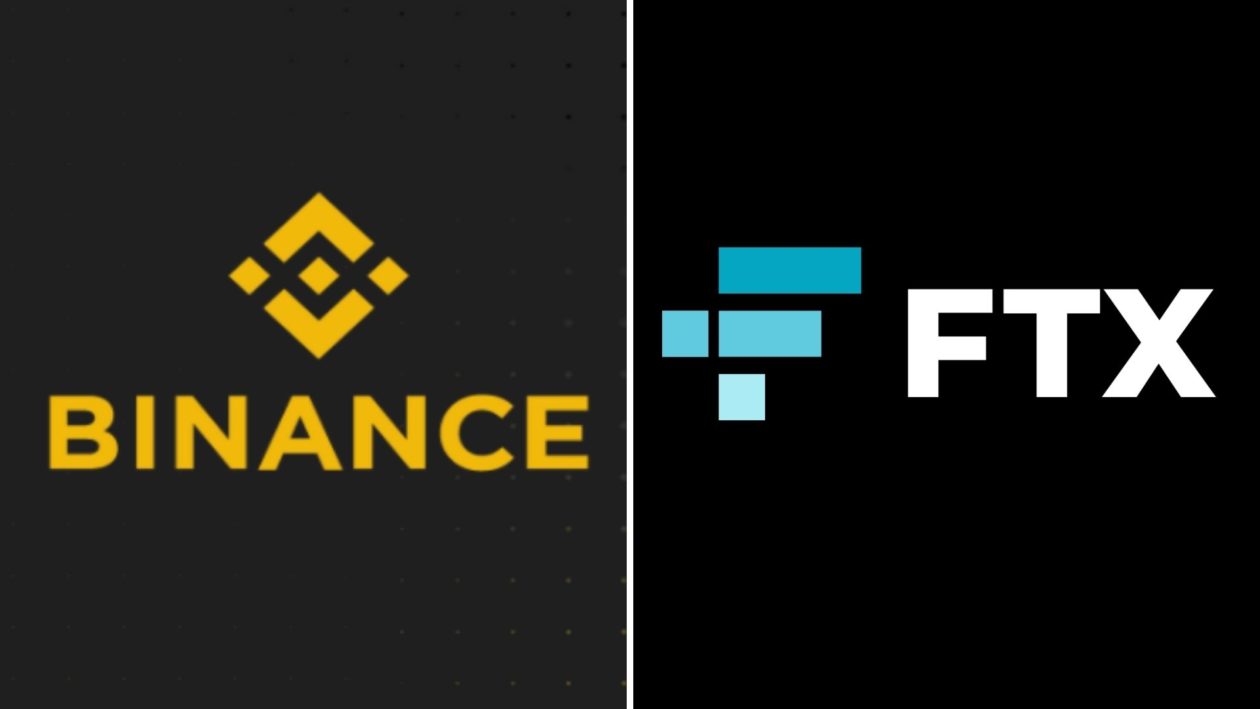Amid growing regulatory scrutiny over crypto trading, cryptocurrency exchanges Binance and FTX are clamping down on high leverage — criticized for causing cascading liquidations in the volatile crypto market — and limiting the amount of debt that crypto traders can take for their trades.
FTX CEO Sam Bankman-Fried, in a series of tweets Sunday, announced that his Hong Kong-based crypto derivatives exchange was removing high leverage and capping margin trading to 20x, significantly lower from the previous 100x limit.
“An effective margin system is integral to an efficient economic system. There are limits to everything, though,” Bankman-Fried tweeted. The change “will hit a tiny fraction of activity on the platform, and while many users have expressed that they like having the option, very few use it,” said Bankman-Fried, adding that “it’s time, we think, to move on from it.”
FTX, known for its innovative crypto products, pioneered streamlining margin collateral loan wallets that allow traders to hold all their margin in one wallet as collateral.
According to Bankman-Fried, not many users on FTX’s platform use high leverage. “For us, like liquidations, it’s way less than 1% of our volume and positions. It’s not a significant part of the exchange,” Bankman-Fried said.
“The average leverage used on FTX is ~2x,” Bankman-Fried said. “And while we think that many of the arguments are high leverage miss the mark, we also don’t think it’s an important part of the crypto ecosystem, and in some cases it’s not a healthy part of it.”
See related article: How FTX crypto exchange won over 1 million investors and grew 25-fold
Bankman-Fried’s latest announcement follows the company’s record US$900 million Series B fundraise — the largest for a crypto exchange to date — at a US$18 billion valuation last week with over 60 investors participating.
In his tweet thread, Bankman-Fried took aim at fellow crypto exchanges, saying: “At FTX, way less than a percent of volume comes from margin calls. This contrasts with a few platforms which are sometimes > 5%, and some which removed data because it looked bad.”
See related article: FTX crypto derivatives exchange closes record $900M Series B with $18B valuation
Following Bankman-Fried’s tweets, Changpeng Zhao (CZ), CEO of Binance, the largest crypto exchange in the world, also took to Twitter to say: “@binance futures started limiting new users to max 20x leverage last Monday, Jul 19th, 7 days ago. (We didn’t want to make this a thingy). In the interest of Consumer Protection, we will apply this to existing users progressively over the next few weeks.”
Binance — the giant in the space — used to offer 125x leverage, meaning a 100 Tether (USDT) collateral deposit on Binance Futures could allow users to hold 12,500 USDT in Bitcoin. Binance reported over US$2 trillion in Binance Futures monthly trading volume in June.
Binance was FTX’s first external investor in 2019 but has recently given up its equity stake in FTX.
Binance has been under fire from regulators around the world due to its lax know-your-customer (KYC) requirements and derivatives offerings, resulting in banks and payment processors cutting off transfers to Binance. Hong Kong’s Securities and Futures Commission this month issued a warning that Binance was not allowed to conduct “regulated activity” in the city, specifically trading in stock tokens.
Binance and FTX, both leading derivatives exchanges, announced earlier this year that they no longer would offer their services to customers residing in Ontario following a series of enforcement actions by the Ontario Securities Commission — the agency that oversees securities legislation in Canada’s largest province by population. The Ontario commission has also taken action against crypto exchanges Poloniex, KuCoin, and Singapore-based derivatives exchange Bybit.
Speaking at SCB 10X’s DeFi virtual summit last Friday, Zhao said that he was planning to step down and let someone with strong compliance and regulatory background lead Binance as the company navigates the regulatory headwinds. He also said Binance is looking to set up a headquarters, a shift from the company’s previous stance that it was a decentralized organization with no specific headquarters.
Admitting that Binance has not done a good job communicating with regulators, Zhao said that the exchange was significantly increasing the size of its compliance team, including hiring former regulators to deal with enforcement authorities. “This way they join our organization, they know what’s going on here, and they can use the same language to speak to their ex-colleagues,” Zhao said. “Then the communication will get better.”
See related article: Binance chief ‘CZ’ seeks regulatory expert to lead as exchange looks to boost image
In a separate session at the same event, Bankman-Fried said that FTX was looking to work with regulators to build up regulatory regimes, especially for crypto derivatives as the crypto industry shifts towards getting more regulated and licensed.
“As some jurisdictions start to roll out spot exchange regulations, almost none have actually rolled out comprehensive crypto derivatives licenses or regulations,” Bankman-Fried said. “That’s one of the biggest missing pieces right now.”
“The tricky thing, frankly, is when you find regulators that want it to be a licensed activity but haven’t come out with a clear license yet,” Bankman-Fried added. “That’s something a lot of regulators are trying to contend with right now as they sort of frantically try to build out regimes for it.”
“Our default is we want to get a license if we can… We are applying for a large number of them in a number of jurisdictions right now and that’s our first choice by far,” Bankman-Fried said. “If there isn’t one, we’ll try to comply with everything that we can sort of find and above all else, maintain a really open door for regulators. If they have questions or comments or concerns, we aim to be really, really responsive and fast at addressing them.”
See related article: Binance chief ‘CZ’ seeks regulatory expert to lead as exchange looks to boost image





